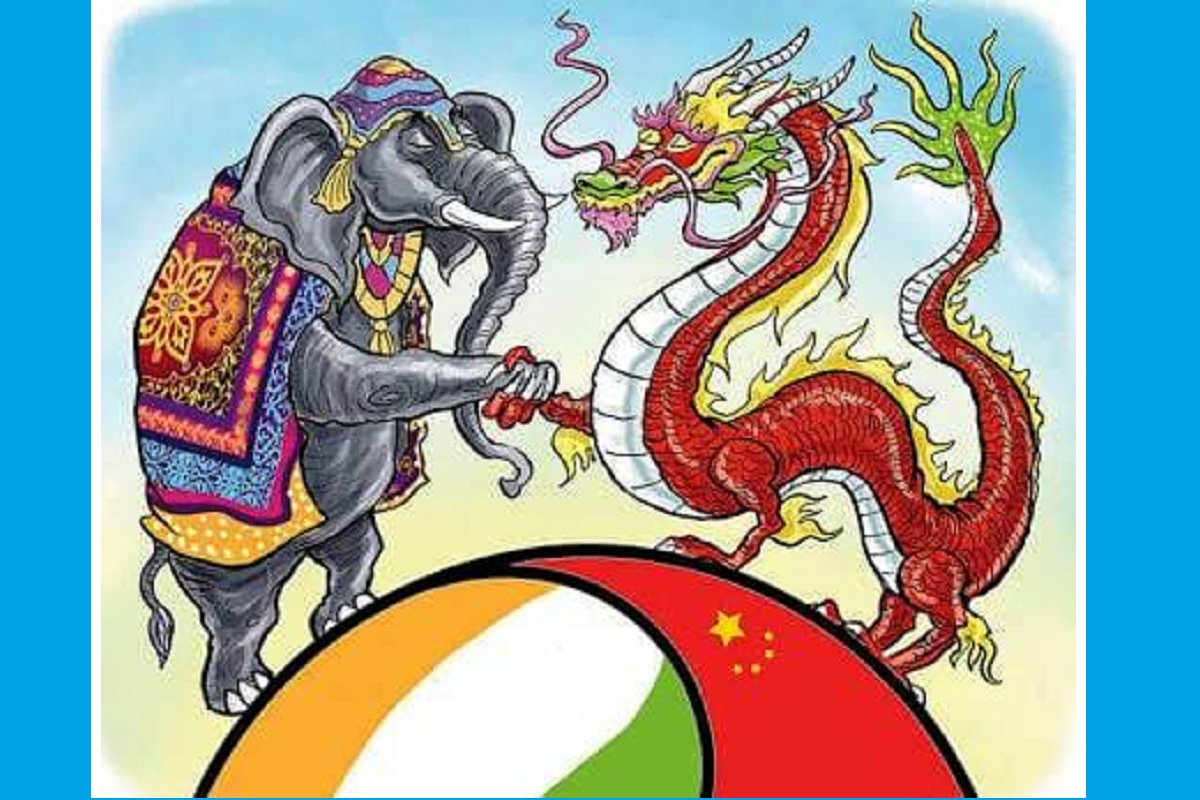The world is battling the COVID 19 pandemic which shows no signs of waning and is set to have far-reaching social, economic and political consequences. It is also opening new opportunities for nations to demonstrate leadership and shape a new world order which is based on closer cooperation.
In this backdrop, Chinese and Indian troops clashed in the Galwan Valley on 15 June and the PLA is now rapidly increasing troop concentration in sensitive locations close to the Line of Actual Control (LAC) in Ladakh and Northern Sikkim including Demchok, Daulat Beg Oldie and Pangong Tso Lake. While signals emanating from both sides claim that there is not likely to be any escalation, risks due to increasing troop strengths, physical confrontations, Chinese claims of sovereignty over Galwan Valley and trading charges of intrusion cannot be overstated.
India and China have shown remarkable maturity in handling their mutual boundary disputes post the 1962 conflict. The 1993 ‘Agreement on the Maintenance of Peace and Tranquillity along the Line of Actual Control in the India-China Border Areas’ provides a framework for peaceful negotiations towards resolution of disputes and for management of contingencies along the Line of Actual Control. The agreement has served its purpose well so far and the leaderships of both countries have demonstrated sagacity and statesmanship to diffuse clashes or standoffs between their armies. The informal summits between Prime Minister Modi and President Xi Jinping in April 2018 and in Mamallapuram in October 2019 have also underscored the mutual desire for a negotiated settlement besides highlighting the need for broader convergence.
The ongoing stand-off is a test of the credibility of the bilateral processes put in place to manage such situations. It is important that both sides resort to the provende-escalatory mechanisms and withdraw to their pre-incident positions. At a time when Chinese credibility is under a cloud on the global stage, forcing a border situation with India is unlikely to bolster China’s image as a virtuous great power that it aspires for and may be counter-productive.
Some sections of Chinese state-controlled media have also alleged that India has fuelled the clashes and standoff to detract attention from its handling of the COVID pandemic. They seem to miss the point that India has done reasonably well in handling the pandemic so far. It has negotiated the first wave, prevented community spread and is now well poised to restart its economy.
A border standoff is an unpleasant and unwelcome distraction from the path of pandemic management and economic reconstruction that India is aspiring for. On the contrary, a border standoff whether in the South China Sea or with India would provide China with the perfect cover to distract its populace from the global outrage at China’s mishandling of the COVID 19 pandemic and the rising demand for investigations into its collusion with WHO.
India is at an inflection point in economic terms. Its economy has started coming back to life and the recent Government stimulus of about 10% of GDP – one of the largest globally in percentage terms – is set to introduce foundational reforms and kick-start growth. India is in many ways looking to turn crisis into opportunity and increase its share in global manufacturing and seeks to emulate and learn from the Chinese economic model, firmly believing that growth is a win-win and not a zero-sum game for both the countries. China’s growth in the last forty years made it the manufacturing hub of the world but did not push the erstwhile manufacturing giants such as South Korea and Japan, lower in economic terms.
China and the erstwhile economic powers fed off each other, leveraging each other’s strengths and spurring onwards to create economic prosperity for all. Consequently, Japan and ROK are the only two developed nations in Asia with China nearly at par in all terms. India today seeks to emulate the same model and has not wavered from its position articulated in 2010 by the then Indian Prime Minister Dr Manmohan Singh that ‘the world has enough space to accommodate the growth ambitions of both the countries’. Therefore, China need not harbour any insecurities on this count.
China and India have a long and rich history of peaceful co-existence. Till about 1600AD, both countries together accounted for more than half the world’s GDP. Working together, there is a possibility that past glory may be attained again. In the 20th century, China has grown remarkably as it was able to focus internally following the course charted by Deng Xiaoping, without being distracted by external threats. Similarly, now India seeks to lift its masses out of poverty and pursue an agenda of economic and social development with greater focus and without seeking any change in status quo vis-à-vis the land border. In this context, it would be a win-win again to settle the boundary issues expeditiously so as to benefit future generations.
It is but natural that there will be disagreements and issues between the two neighbours. At a time when China itself has just emerged from a pandemic, the CCP must renew its focus on economic growth and improving the lives of the Chinese citizens. De-escalating the border situation and managing it through established mechanisms is essential to peace, stability, and economic growth of all.
China’s management of COVID 19 and its medical exports to many countries including India in this crisis has been greatly appreciated. China should build upon the positives while displaying civilizational wisdom in dealing with its Asian neighbours, particularly India. It will add to the goodwill that it is likely to need when its relationship with WHO towards the management of COVID 19 is called into question and pressure mounts in the South China Sea.
(The writer is a Delhi-based independent contributor to print and online publications)










